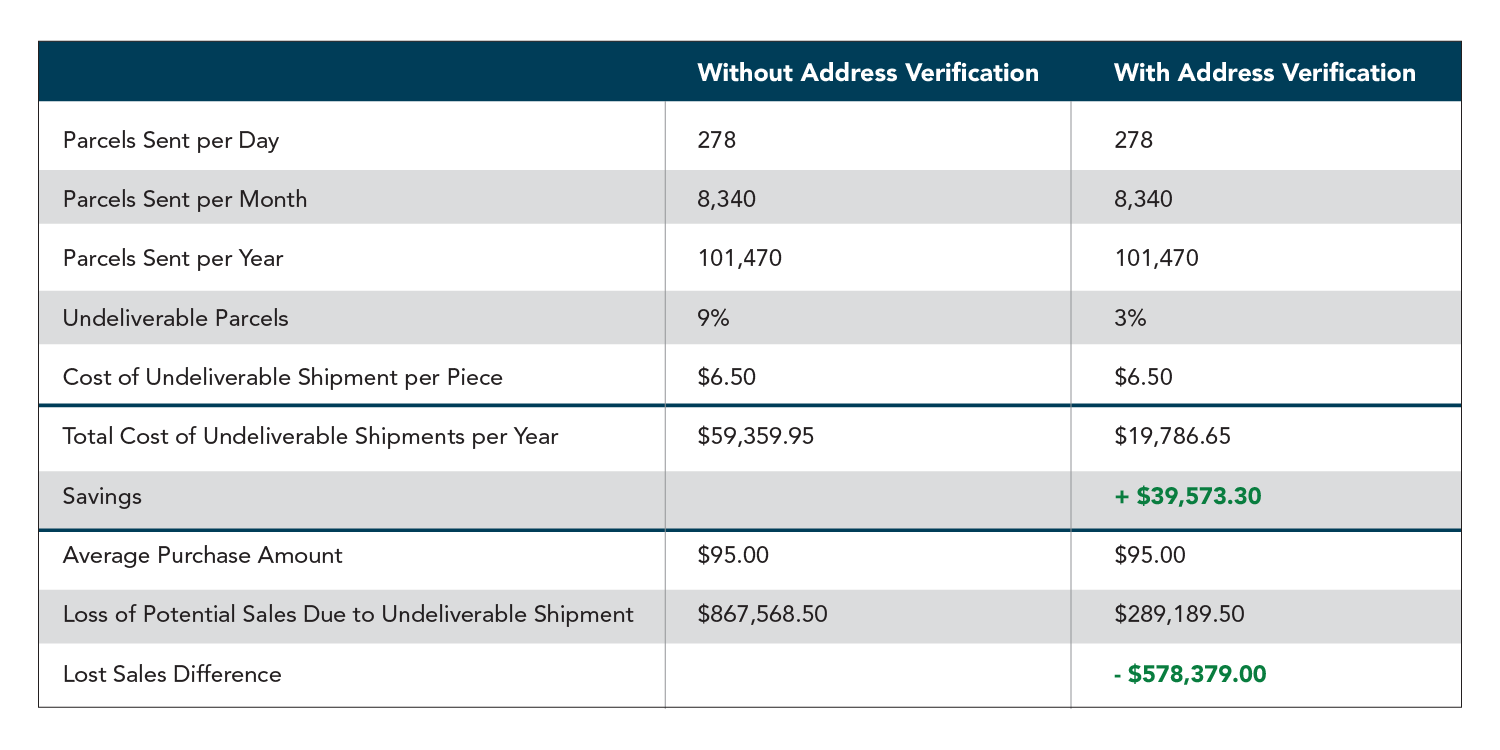There is no question that customer relationships and successful business operations rely on great address data. But understanding the need for clean data and keeping it clean are two entirely different things. A few proactive steps and smart tools can keep your data at the top of its game.
Data Validation: Enter Data Correctly from the Outset
Get data correct from the start. This simple yet brilliant mandate is a critical strategy in the long-term battle for clean address data. Autocomplete tools both complete and verify data in real time, reducing the likelihood of errors and their associated costs. The same solution can also reduce keystrokes, simplifying data entry with autocompletion/suggestion functionality. As users type, they are shown only valid address suggestions. It’s a step that goes a long way in verifying, standardizing (for faster processing), and consolidating data into its cleanest form possible – immediately as data enters the system. Mistakes are not perpetuated because they are stopped at the door.
This graphic illustrates the scope of cost savings achievable with the implementation of an address validation solution. The example assumes an online shop sends 278 packages per day or nearly 100,000 parcels annually. An average of nine percent are typically undeliverable per year. And while undeliverable packages cannot be completely eliminated, they can be reduced by at least 2/3 with address verification. Just three percent of packages would be undeliverable, shrinking the cost of return shipments by $40,000 annually. Overall, better address management strategies would save the online shop more than $570,000 per year.

Data Enrichment: Fill in The Gaps By Adding Missing Data
Schedule a periodic data append to add invaluable missing information to records. Ideally, every record is made as complete as possible by adding data that might include verified street addresses, email addresses, phone numbers, names, and other key demographics and lifestyle attributes. The result is a more holistic view of your customer based on correct and complete data. Priority data enhancements add value by enabling mailers to more easily identify purchasing trends, using the information to improve engagement and guide more targeted services.
Data Matching: Eliminate Duplicate Records
Use tools that resolve all the distinct representations of what could be just a single customer record.
Smart tools eliminate duplicate data by discerning the best information, selecting the surviving record based on the level of quality of its information. When a single record is established, data managers can effectively link together all touchpoints of customer data for a single 360-degree single view of the customer. Data managers should be aware that deduplication is faster and more affordable when extraneous records are matched using incremental de-duping operations, handled in real time as data is entered.
NCOA Processing: Keep Records Up to Date
Work in compliance with USPS’s Move Update requirements, checking a mailing list against the USPS’s National Change of Address (NCOALink) database. USPS change of address records are noted here, offering the new address if it is available. Mailers can access the previous 48 months of this data via partnership with licensed full-service providers. Today’s work from home trend adds another wrinkle, with mailers now needing to recognize the blurred lines between residential and business addresses.
Residential surcharges as high as $4/per package are applied to FedEx and UPS services, although USPS does not charge residential fees. In a database filled with incorrect or incomplete data, costs may increase exponentially – better to tap into a Residential Business Delivery Indicator (RBDI) to reduce costs and optimize delivery method prior to shipment.
Addresses Are Everything
Addresses are the foundation to business success. Problems result from even simple errors, such as different spellings of names or streets. Updating data continuously helps, considering two to four percent of customer data goes stale each month. That's around 20% to 25% yearly. Consider the data impact of over 40 million people moving every year in the US, along with 2.5 million deaths, 2.3 million marriages, and 1.2 million divorces each year – particularly important for B2C communications. As much as eight percent of all mail sent is undeliverable, costing mailers over $20 billion a year.
When mail is misdelivered or undeliverable as addressed, not only do mailers miss the opportunity to engage the intended customer, but they have wasted the working hours of the marketing team, the postage, materials and printing costs, and jeopardized their customer’s brand image by sending to an incorrect address. It’s a costly conundrum.(See the chart for a real-world example of potential cost savings.)

Consider the 1-10-100 rule when valuing data and data quality processes. Verifying data at the point-of-entry costs $1 per record. Intermittent data cleansing costs about $10 per record, including functions such as batch updating and deduplicating records contained in ERP or CRM systems. With no attention to repairing bad address data, the price tag jumps to a whopping $100 per record, which encompasses the cost of lost opportunities, wasted time and materials, unfruitful marketing efforts, a poor reputation, and most importantly, lost customers.
Address data is one of your strongest business assets. Consider your options and choose the right tools for better postage rates and USPS-compliant mail that gets delivered.
Greg Brown is vice president of Melissa (www.melissa.com), a provider of global data quality, identity verification, and address management solutions. Melissa is an NCOALink Full Service Provider licensee of the USPS and its MAILERS+4 postal automation software is USPS PAVE Gold certified to presort mail to qualify for postal discounts on First Class, Marketing Mail (Standard Mail) and Periodicals. Connect with Greg at greg.brown@melissa.com or LinkedIn.
This article originally appeared in the November/December, 2022 issue of Mailing Systems Technology.










